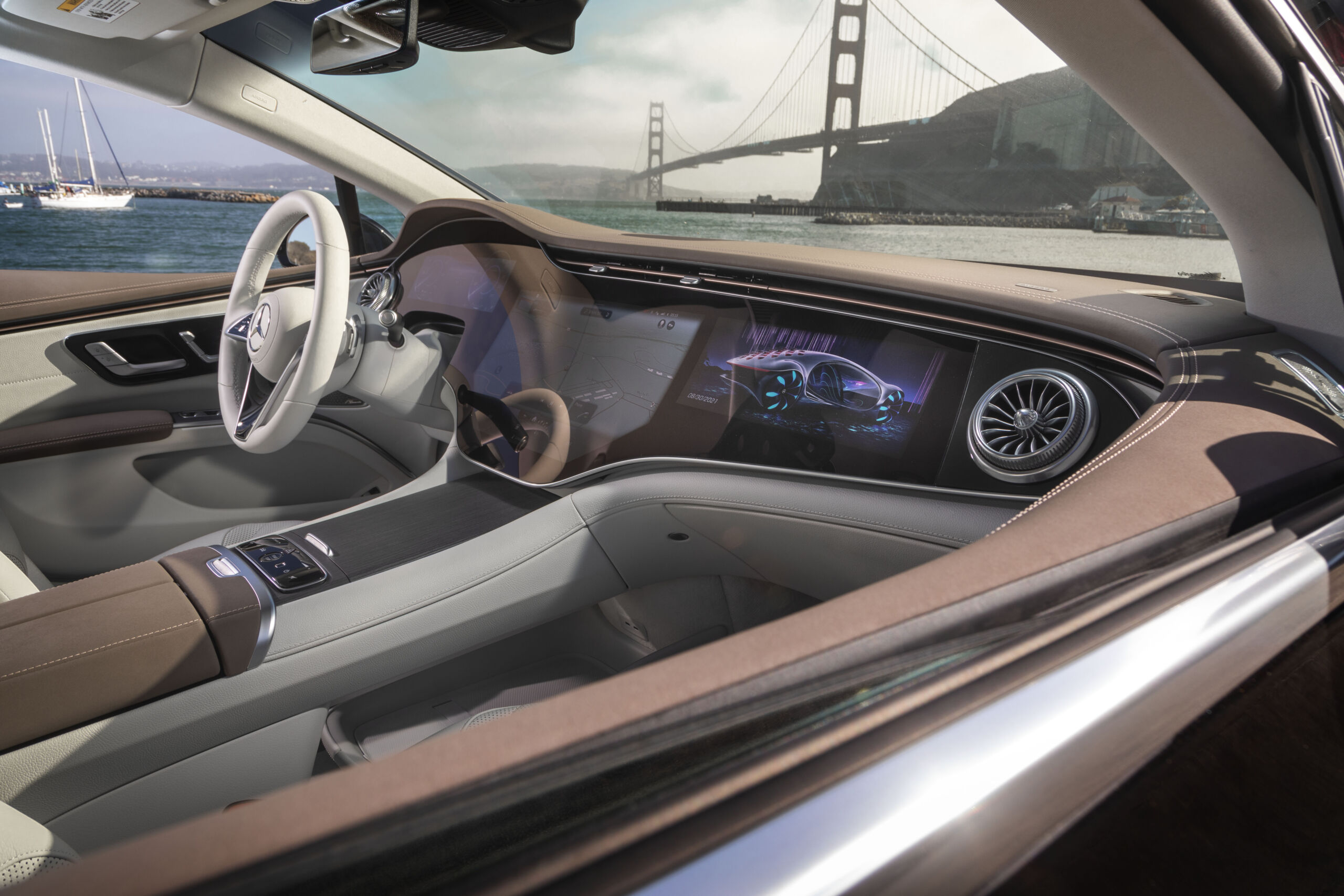Jumping into a new car from the driver's seat of something built before 2010 can cause quite the case of future shock. Over that time, automakers have been on a technology frenzy, loading up new vehicles with all manner of gizmos, gadgets, and features, some meant to make your life easier, others to make your journey safer. But do car buyers actually want all this stuff? A new survey by JD Power suggests they may not.
With enough time, a new convenience feature just becomes something buyers expect to be there. Starter motors replaced hand cranks for a reason, and I imagine most modern motorists would prefer not to deal with manual chokes. Manual window winders became more expensive and heavier than electric ones, leading to their extinction.
Some of the technology creep has come about by regulation or the threat of it. While many bemoan the "iPad on the dash," the legal requirement for a backup camera means there needs to be a screen in the car to display that feed. Steering wheels and dashboards grew to conceal airbags. And now vehicle fascias conceal sensors that can alert the driver or stop the car in the event of an imminent head-on crash.
But according to JD Power's Tech Experience Survey, which "measures problems encountered and the user experience with advanced technologies as they first enter the market," advanced technology in cars needs to solve real problems, and too much tech simply doesn't do that.
For example, drivers generally appreciate advanced driver assistance systems, known as ADAS in the industry; blind spot monitoring solves a real problem. But does anyone ever actually use their automatic parking system? JD Power found that systems that partially automate a driving task—even the most advanced hands-free systems—had a low perceived usefulness, a finding that dovetails nicely with data published last month by the Insurance Institute for Highway Safety that revealed partial automation did not make cars any safer.
Enough with the screens
My current bete noir is the trend for automakers to include an additional infotainment screen directly in front of the front passenger, separate from the main infotainment screen in the center stack. Blame Ferrari, which started adding a passenger screen to its supercars in the perhaps misguided impression that Ferrari drivers wanted their passengers to know how fast they were actually going.
The early Ferrari passenger displays were somewhat limited, but they have morphed into a second fully fledged infotainment display for the not-driver. Porsche did this with the Taycan, then Mercedes brought us the "hyperscreen," which was really three separate displays and plenty of blank dashboard, all bonded to a single sheet of glass. The latest trick, as seen in some new Audis, is to have an active privacy mode so that the passenger can watch video but the driver can't see anything at all on that display.
If the idea of giving passengers their own display when there's already one immediately next to it sounds excessive, welcome to my club. We're not alone—JD Power says passenger screens are negatively reviewed by many owners and notes that "it is difficult for dealers to teach new owners how to use the primary infotainment screen, let alone a second one."
Other examples of new technology solving a nonexistent problem include facial recognition, fingerprint scanners, and gesture control. Having experienced all three in various new cars over the past few years, I am not surprised by their inclusion. I never felt safe enough, though, with Genesis' facial recognition to leave the key at home, and BMW's gesture controls mean that you might accidentally turn the sound system to full volume if you talk with your hands too much.
But not every new innovation was met with opprobrium. JD Power calls out AI-based features like smart climate control as having quickly won popularity.
"A strong advanced tech strategy is crucial for all vehicle manufacturers, and many innovative technologies are answering customer needs," said Kathleen Rizk, senior director of user experience benchmarking and technology at JD Power. "At the same time, this year’s study makes it clear that owners find some technologies of little use and/or are continually annoying."
The market research company says its tech survey is designed to help automakers decide where to invest their R&D resources. If we start seeing any objectionable in-car tech become less common, we'll know which OEMs were paying attention.



3175x175(CURRENT).thumb.jpg.b05acc060982b36f5891ba728e6d953c.jpg)

Recommended Comments
Join the conversation
You can post now and register later. If you have an account, sign in now to post with your account.
Note: Your post will require moderator approval before it will be visible.